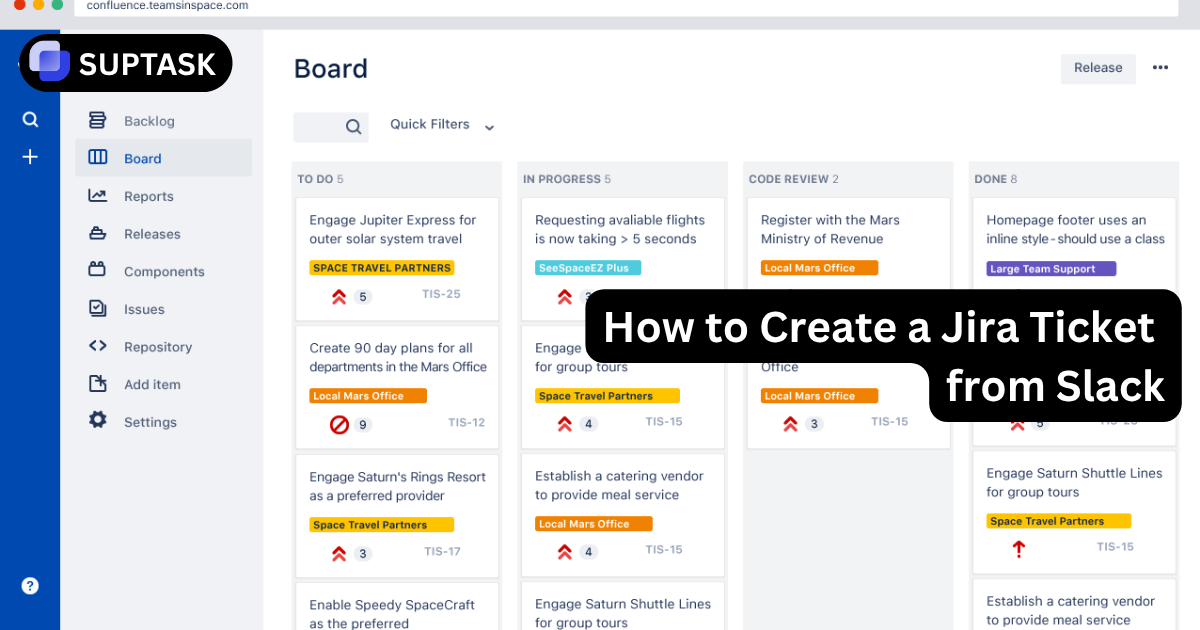Customer experience involves all customer interactions with a brand across various touchpoints. In today's competitive market, customer experience is a crucial business differentiator.
As we approach 2025, companies must remain relevant by staying attuned to evolving customer experience trends. Shifting consumer behaviors and technological advancements are driving these changes.
Key Takeaways
- Staying competitive means adapting to CX trends, as 73% of consumers consider customer experience crucial in their purchasing decisions.
- AI and predictive analytics enhance CX by personalizing interactions, improving support, and anticipating customer needs.
- With 81% of digital consumers preferring self-service, businesses must prioritize efficient self-service options to boost customer satisfaction.
Understanding Customer Experience Trends
Why is customer experience so crucial? Consider these facts:
- 73% of consumers cite customer experience as essential in purchasing decisions.
- An effective customer experience strategy can significantly reduce customer churn.
- 58% of American shoppers are willing to pay more for superior experiences.
However, a disconnect exists between perception and reality. While 80% of CEOs believe they offer excellent customer experience, only half of consumers agree.
This gap underscores the need for businesses to align their strategies with actual customer expectations.
What's shaping the future of customer experience? Several factors are at play:
- Technological advancements, particularly in AI and predictive analytics.
- Evolving consumer expectations for personalized, seamless experiences.
- There is a need for integrated online and offline experiences.
- Data-driven insights to inform decision-making and customer experience strategies.
How can businesses leverage these drivers to enhance their customer experience? Let's explore further.
1. Leveraging Artificial Intelligence for Enhanced CX

AI is transforming the customer experience in remarkable ways. How? By enabling more impactful customer interactions and streamlining operations.
Employing AI ensures that businesses are able to tailor and fine-tune their target audiences and evaluate the success of their marketing efforts, thereby crafting smooth experiences for customers.
AI-Powered Personalization
AI is taking personalization to new heights through:
- Real-time data analysis for tailored experiences.
- Predictive analytics to anticipate customer needs.
- Customized product recommendations and dynamic content generation.
For instance, AI-powered virtual cart reminders can significantly reduce abandonment rates and boost conversions.
AI Chatbots and Virtual Assistants
AI-driven chatbots and virtual assistants are revolutionizing customer support via:
- 24/7 availability for addressing common queries.
- Natural language processing to understand customer sentiment.
- Efficient handling of routine tasks, freeing human agents for complex issues.
Integrating a customer support ticketing system alongside AI-driven chatbots ensures that more complex customer inquiries are efficiently managed, improving response times and overall support quality.
2. The Rise of Self-Service Options
.webp)
Self-service options are increasingly becoming a staple in customer experience. 81% of digital consumers desire an expanded array of self-service choices, highlighting the importance of offering accessible and proficient self-service capabilities.
A notable majority (70%) of consumers prefer self-serve support over direct human interaction, anticipating these features to be available on business websites.
The proliferation of such self-service facilities is crucial for boosting customer satisfaction, adapting to evolving demands, and enhancing the effectiveness of customer success roles and responsibilities.
Self-Service Portals and Knowledge Bases
Effective self-service resources include:
- FAQs and customer forums.
- Comprehensive knowledge bases.
- AI-powered search capabilities.
Interestingly, 91% of users would use a personalized knowledge base.
The Impact of Self-Service on Customer Satisfaction
Self-service options can significantly boost customer satisfaction:
- Faster issue resolution, with 21% of customers expecting instant solutions.
- Reduced burden on support teams, allowing focus on complex issues.
- Improved engagement, especially among younger demographics.
Implementing robust self-service options would benefit your business and customers.
3. Enhancing Customer Engagement Through Omnichannel Strategies
.webp)
Omnichannel strategies are crucial for creating seamless customer journeys. Customers expect consistency across different platforms, such as websites, apps, and stores.
The smooth transition between these physical and digital channels is vital for customer satisfaction and loyalty.
Companies must have a deep understanding of customers’ pathways and various interaction points to successfully execute omnichannel approaches.
Integrating Physical and Digital Touchpoints
Successful integration of physical and digital channels is vital to customer retention. For example:
- QR codes in physical stores link to digital product information.
- Click-and-collect services combine online shopping with in-store pickup.
These tactics can help your business bridge the gap between physical and digital experiences.
Real-Time Data Integration
Real-time data integration enables:
- Immediate, relevant customer communication.
- Consistent experiences across platforms.
- Timely, personalized promotions.
For instance, real-time inventory updates can prevent customer disappointment. You can leverage real-time data for enhanced customer experience!
4. Building Trust with Data Security and Privacy
.webp)
Data security is crucial for building and maintaining customer trust.
Ensuring the integrity of this sensitive information and building enduring customer connections necessitates prioritizing data security measures, including encryption methods and deploying antivirus or malware protection systems.
Ensuring Compliance with Data Protection Regulations
Compliance with regulations like GDPR and CCPA is non-negotiable. Consider:
- Appointing a dedicated data protection officer.
- Regular audits and employee training.
- Implementing robust data protection measures.
Did you know that 35% of consumers would stop patronizing a retailer after a data breach? Take some time to consider how secure your customers' data is.
Transparent Data Practices
Transparency in data practices builds trust. Strategies to demonstrate commitment to data privacy and transparency include:
- Clear communication of data collection and usage policies.
- Offering customer control over their data.
- Implementing easily accessible privacy policies.
5. Immersive Experiences with Augmented Reality (AR) and Virtual Reality (VR)
.webp)
Organizations are increasingly using augmented and virtual reality technologies to enhance customer experience.
AR and VR provide immersive and interactive experiences that significantly engage customers, transforming their interactions with products and services.
AR for Product Visualization
AR enhances product visualization:
- Virtual try-on for beauty products.
- 3D furniture placement in real spaces.
- Virtual test drives for automotive companies.
AR is a major tool in improving customers' shopping experience, especially in retail customer service.
VR for Immersive Brand Storytelling
VR creates captivating brand narratives:
- Virtual tours of travel destinations.
- Immersive property walkthroughs for real estate.
- Interactive brand experiences.
6. Predictive Analytics for Proactive Customer Service
.webp)
Predictive analytics uses AI to forecast unknown future events based on past data.
This capability transforms customer service by allowing businesses to anticipate customer behaviors and tailor their marketing efforts accordingly.
Predicting customer needs and knowing how to handle customer complaints allows companies to address issues before they arise, enhancing overall customer satisfaction.
Anticipating Customer Behavior
Predictive analytics can:
- Forecast customer tendencies based on historical data.
- Suggest products customers are likely to buy.
- Identify potential issues before they arise.
Proactive Support Strategies
Proactive support strategies include:
- Identifying and addressing potential issues before customers are aware.
- Offering targeted support or tutorials for new features.
- Sending timely reminders for product replenishment.
To further enhance proactive customer service strategies, consider Suptask, a ticketing system for Slack.
With Suptask, you can create, track, and delegate Slack tickets, ensuring that all issues are resolved quickly and efficiently. This customer success tool also bridges the communication gap between team members and sectors.
7. Investing in Customer Loyalty Programs
.webp)
Loyalty programs are pivotal in nurturing customer loyalty, promoting regular patronage, and curtailing customer turnover.
Evidence suggests that offering complimentary gifts can boost the frequency of purchases among 90% of customers.
Designing Effective Loyalty Programs
Key elements of successful loyalty programs include:
- Personalized rewards based on individual preferences.
- Tiered programs offering increasing benefits.
- Gamification elements for engagement.
- Partnerships with complementary brands.
- Integration of social responsibility initiatives.
Ensuring your loyalty program stands out and truly resonates with customers is vital.
Measuring the Impact of Loyalty Programs
To assess the effectiveness of loyalty programs, consider:
- Customer retention rates.
- Frequency and value of purchases.
- Customer lifetime value.
- Net Promoter Score (NPS).
By consistently monitoring these industry help desk metrics, businesses can fine-tune their approaches accordingly and improve the strength of customer loyalty.
FAQs
Why is customer experience important in 2024?
Customer experience is essential in 2024 because it directly impacts purchasing decisions, reduces churn, and enhances customer loyalty.
Prioritizing customer experience can also be a critical differentiation in a competitive market.
How can AI enhance customer experience?
AI enhances customer experience through hyper-personalization and real-time tailored interactions while improving support with chatbots and virtual assistants.
This leads to more efficient and satisfying customer service.
What are the benefits of self-service options?
Through self-service options, customers can solve problems themselves, leading to faster resolutions and increased contentment.
These self-service provisions offer a convenient and effective way of catering to customer needs by ensuring readily available support.
How does real-time data integration improve customer engagement?
By integrating real-time data, customer engagement is greatly enhanced through the ability to communicate instantly and in a personalized manner, which improves interactions and ultimately leads to higher overall satisfaction.
Why are customer loyalty programs important?
Customer loyalty programs are essential because they cultivate long-term customer relationships, encourage repeat business, drive sales, and reduce churn.
Ultimately, they create real value for both the business and its customers.













